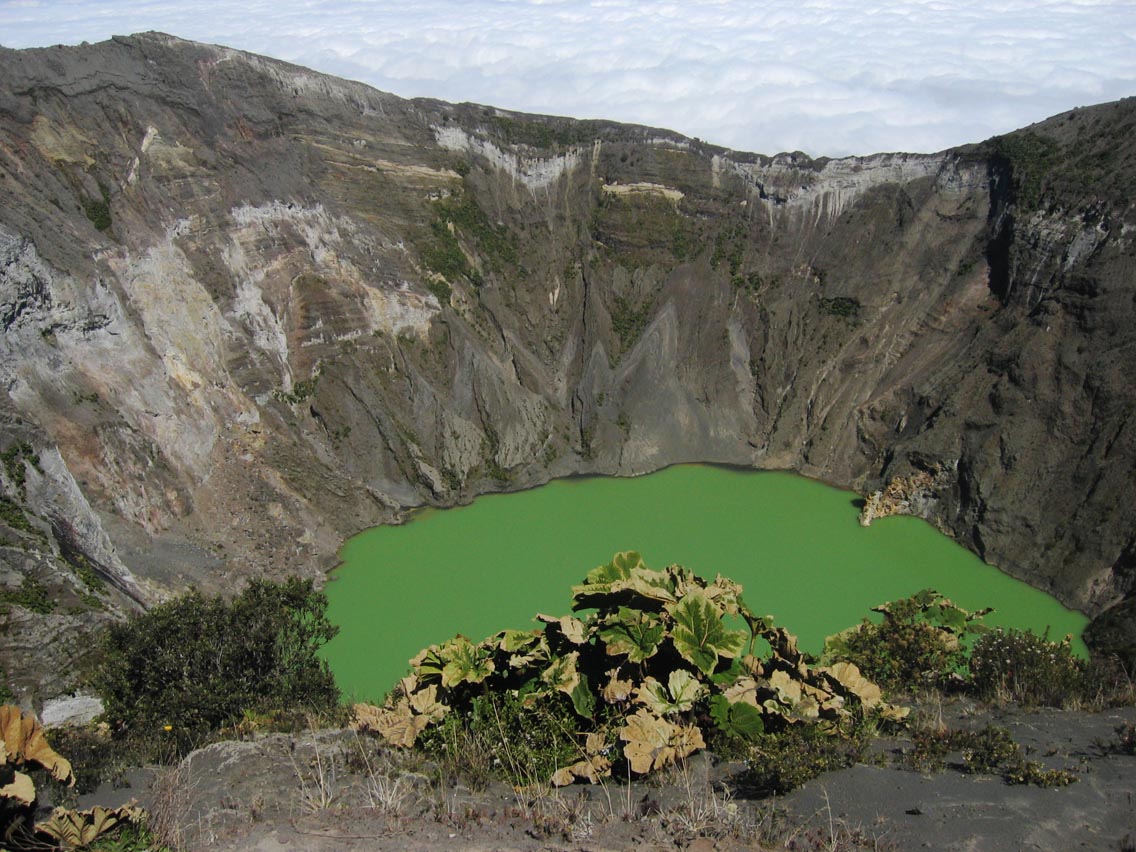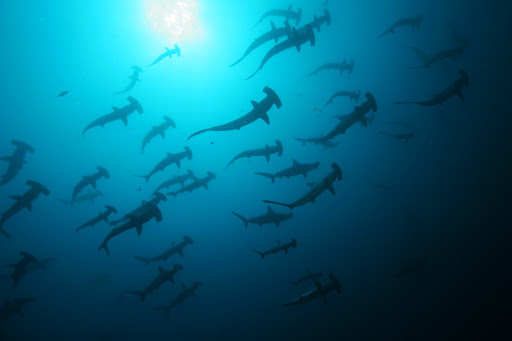The capital of Costa Rica is called San Jose. It is the largest city in the country and also the most populated one. About 40% of the country live in San Jose, or 2 million people. It enjoys a stable, mild climate and is protected from most natural disasters by the tall mountains that surround it. It also perfectly exemplifies the size of Costa Rica: you can go from one part of the city to any of the surrounding mountains in more than an hour. The city covers the whole central valley and stretches towards the mountains in which it dissipates. San Jose "swallowed" the neighboring cities of Alajuela and Heredia and the bigger city is now called GAM or Gran Area metropolitana
San Jose was founded in 1738
Tuesday, October 27, 2009
Thursday, October 15, 2009
Beaches in Costa Rica
Costa Rica's beaches are regarded amongst the best in the whole world. Some of the typical characteristics of a Costarican beach is the warm water, blue skies and strong sun, quiet neighborhood and lots lots lots of nature.
Some people say that the best beaches in Costa Rica lie on the province of Guanacaste and the so-called "Gold Coast", which contains now many of the most valuable properties in the world. Others argue that the best beaches are found on the province of Limon, due to its hot weather, turquoise waters and "tropical feel". Or maybe the best beaches are found on Puntarenas, due to the many flora and fauna, varieties of beaches and awesome weather.
Regardless of the location, the beaches in Costa Rica are breathtaking. Almost EVERYONE who visits Costa Rica goes to a beach. Many of these people never go back to their home countries, but instead sell everything they have to buy a property on the beach and live there (seriously).
Some examples of beaches:
Playa Conchal
Some people say that the best beaches in Costa Rica lie on the province of Guanacaste and the so-called "Gold Coast", which contains now many of the most valuable properties in the world. Others argue that the best beaches are found on the province of Limon, due to its hot weather, turquoise waters and "tropical feel". Or maybe the best beaches are found on Puntarenas, due to the many flora and fauna, varieties of beaches and awesome weather.
Regardless of the location, the beaches in Costa Rica are breathtaking. Almost EVERYONE who visits Costa Rica goes to a beach. Many of these people never go back to their home countries, but instead sell everything they have to buy a property on the beach and live there (seriously).
Some examples of beaches:
Playa Conchal
Playa Flamingo:
Playa Roca Bruja:
Playa Cahuita:
Monday, October 5, 2009
Sub-20 World Cup
The Sub-20 national team classified for the Sub-20 Egypt World Cup. The team lost a horrible match against Brazil on its first game. But, after some hard work and training, it won against Australia 3-0 and then lost against Czech Republic 3-2. All seemed lost but the team managed to classify for the next round of the cup. The team is surely going to step up its game if it wants to keep on the tournament.
Saturday, October 3, 2009
Irazu Volcano
One of the most famous and imponent volcanoes in Costa Rica is the Irazu volcano. It is situated in the Central Volcanic Mountain Range, that crosses the central valley of the country. It is close to the city of Cartago. Its name comes from the indigenous word "ara-tzu" which means point of thunders.
In Costa Rica the volcano is commonly called as "the colossus" due to historical reasons. The volcano has erupted multiple times, the most famous one being in 1963 and continuing on to 1965. On 1963, president John F. Kennedy visited Costa Rica. In the midst of a public speech he was giving, the volcano made eruption. The power with which the volcano erupted created a huge cloud of ash that covered the whole city of San Jose and Cartago. The nearby villages were completely destroyed. San Jose was covered in ash for two years, in a permanent volcanic winter.
After that famous eruption, the volcano has remained dormant. It is now a world-famous tourist point and it is frequently visited. The volcano is also kept under constant observation by scientists.
In Costa Rica the volcano is commonly called as "the colossus" due to historical reasons. The volcano has erupted multiple times, the most famous one being in 1963 and continuing on to 1965. On 1963, president John F. Kennedy visited Costa Rica. In the midst of a public speech he was giving, the volcano made eruption. The power with which the volcano erupted created a huge cloud of ash that covered the whole city of San Jose and Cartago. The nearby villages were completely destroyed. San Jose was covered in ash for two years, in a permanent volcanic winter.
After that famous eruption, the volcano has remained dormant. It is now a world-famous tourist point and it is frequently visited. The volcano is also kept under constant observation by scientists.
Last 26th of September, the inhabitants of Costa Rica's central valley experienced a very strange phenomenon: a solar halo.
A solar halo is an optical effect caused by ice particles floating in the troposphere that refract sunlight creating a spectrum of colors around the sun. Many were the ones who took dozens of pictures of the halo and posted them on the internet.
It is preferable not looking directly at the halo but instead covering the sun with a circular piece in order to just look the halo.
Solar halo over Costa Rica
Another picture of the solar halo
A solar halo is an optical effect caused by ice particles floating in the troposphere that refract sunlight creating a spectrum of colors around the sun. Many were the ones who took dozens of pictures of the halo and posted them on the internet.
It is preferable not looking directly at the halo but instead covering the sun with a circular piece in order to just look the halo.
Solar halo over Costa Rica
Another picture of the solar halo
Subscribe to:
Posts (Atom)





